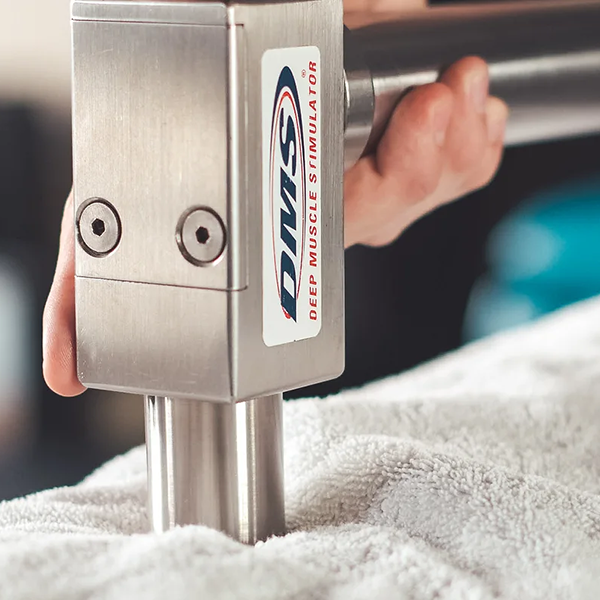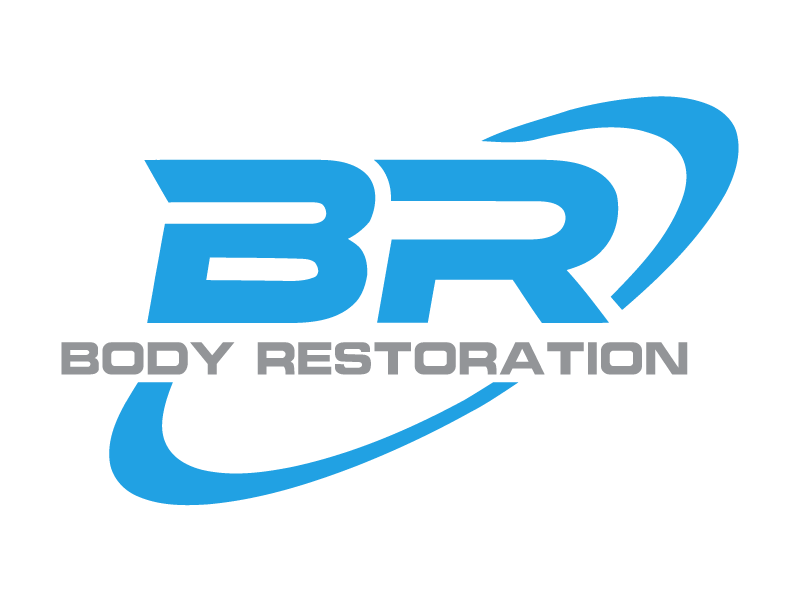Percussion Therapy

The Deep Muscle Stimulator (DMS) uses percussion, mechanical vibrations that reach deep into the muscle tissue to stimulate proprioceptive functions. Much of muscle pain stems from various conditions, strains, lactic acid build up, scar tissue, and more. No other device on the market matches the effectiveness of the DMS. DMS provides deep muscle tissue with kinetic forms of percussion and concussion vibration, which in turn can provide the patient or athlete with the benefits of: Increased circulation Reduced pain Faster rehabilitation from injury Increased lymphatic flow Breaks up muscular scar tissue Reduced lactic acid build up Tissue Regeneration Soft & Active tissue release The DMS also concentrates on general or local muscle spasms. It increases muscle metabolism and increases the lactic acid cycle to relieve pain. Deep, rapid, short-duration percussion is the key to the elimination of pain. The DMS can be used in effective management of acute and chronic pain, not exclusive to, but including migraine headaches, sciatica, TMJ, carpal tunnel syndrome, tendonitis, bursitis, edema, myofascial pain and frozen joints. The DMS is known to increase blood circulation and flow of lymph. The stimulation of nerve receptors causes the blood vessels to dilate, which also facilitates blood flow. DMS can help loosen contracted, shortened muscles and can stimulate weak, flaccid muscles. This muscle “balancing” can help posture and promote more efficient movement. DMS is also being used for Integrated Manual Therapy and Musculoskeletal Dysfunction. Bloch Wellness utilizes DMS to aid recovery from soft tissue injuries, such as sprains and strains, by accelerating efficient circulation in the injured areas and appropriate stimulation of the healing tissues. The DMS provides a gentle stretching action to both muscles and connective tissues that surround parts of the body, helping keep these tissues elastic. We also are able to use DMS in conjunction with static and functional(moving) posture to access muscles in areas that are not as often stimulated.
